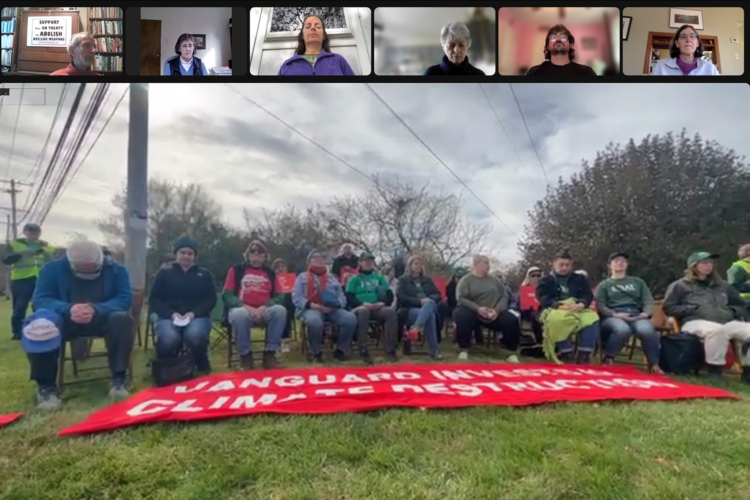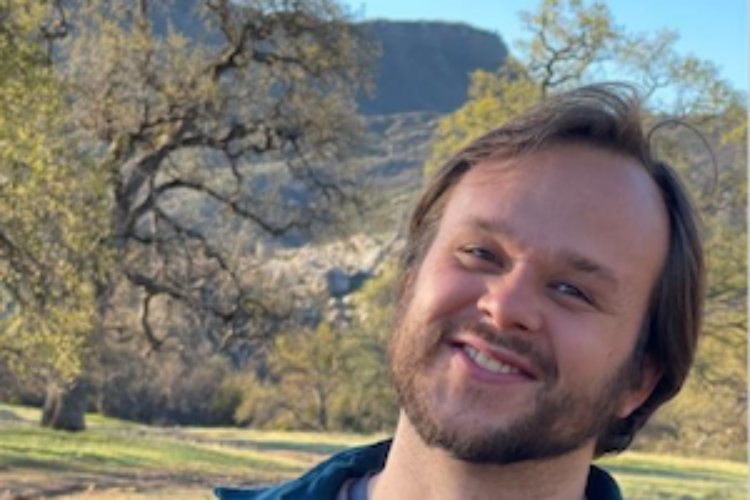Recognizing a Human Right to a Healthy Environment

by Lindsey Fielder Cook.
Recognition of a human right to a healthy environment can have, in the words of the UN Special Rapporteur, “life-changing potential.” The 2010 UN recognition of water and sanitation as a human right led to significantly improved access to clean water and sanitation in a range of countries worldwide. This most recent recognition, Boyd said, “will spark constitutional changes and stronger environmental laws, with positive implications for air quality, clean water, healthy soil, sustainably produced food, green energy, climate change, biodiversity, and the use of toxic substances.”
In 2010, the US objected to a human right to water and sanitation. The US also objected to recognizing a human right to a healthy environment in 2021. However, at the time of the October vote, the US was not a Member of the Council. The US withdrew from the Council in 2018, rejoined in 2021 under President Biden, and will regain a Membership vote in 2022.
US diplomats have expressed their objection to a human right to a healthy environment, explaining that they need greater clarity over the legal basis for the right, noting that once an individual has a recognized “right,” a State has a corresponding obligation. During preparatory discussions at the UN, the US expressed concern that there was no existing human right to a healthy environment, to which the former UN Special Rapporteur and US law professor, John Knox, explained this was precisely why the Council, after years of research, was called to recognize a new human right.
The 1948 Universal Declaration of Human Rights was created after the horrors of World War II. “All human beings,” it begins, “are born free and equal in dignity and rights. They are endowed with reason and conscience and should act towards one another in a spirit of brotherhood.” The Declaration commits signatory States to protecting the very fundamentals so violently stripped in the war and resulting in over 50 million people dead. A human right to a healthy environment was not imagined then. Today, however, we have peer-reviewed scientific findings concluding that current rates of environmental destruction, and rates of greenhouse gas emissions driving global heating, would lead to many more million dead (and thousands of species extinctions). The Human Rights Council gave witness to this new reality.
This issue will be brought to the UN General Assembly in New York, where an adoption would strengthen the legal standing of a human right to a healthy environment. For Americans active on environment and climate change concerns, advocacy engagement with US decision makers will be critical to avoid the US Mission to the UN from blocking further efforts to recognize a human right to a healthy environment. We have a precedent: the 1948 Declaration was possible not only because of a brief geo-political window soon shut by the Cold War, but also because of an American, Eleanor Roosevelt, whose determination and moral clarity were essential to the Declaration’s creation and adoption. To this very day, the Declaration grounds all of the work at the Quaker UN Office in Geneva. And this author, an American, longs to see the US government again leading with moral clarity to protect all human rights, including a right to a healthy environment on which our future existence depends.
Lindsey Fielder Cook is the Representative for the Human Impacts of Climate Change, at the Quaker UN Office in Geneva. Prior to her retraining in climate change and sustainable development, she worked with the UN on human rights and humanitarian efforts in conflict zones. She is a Quaker, and was born in New York City. Learn more at quno.org.


